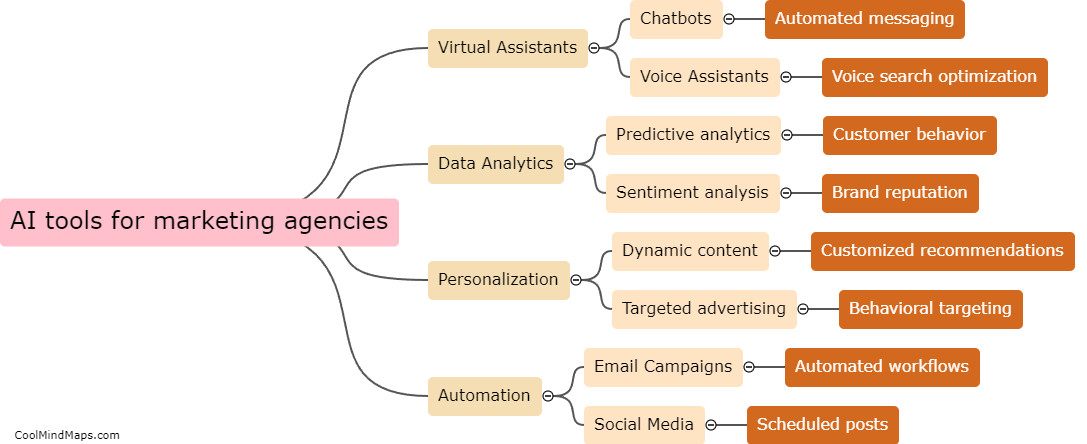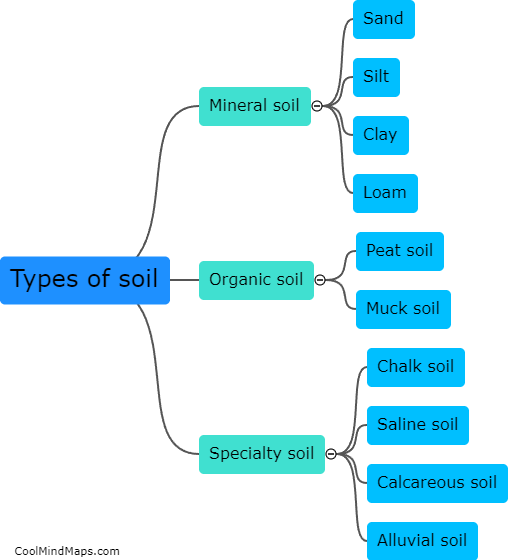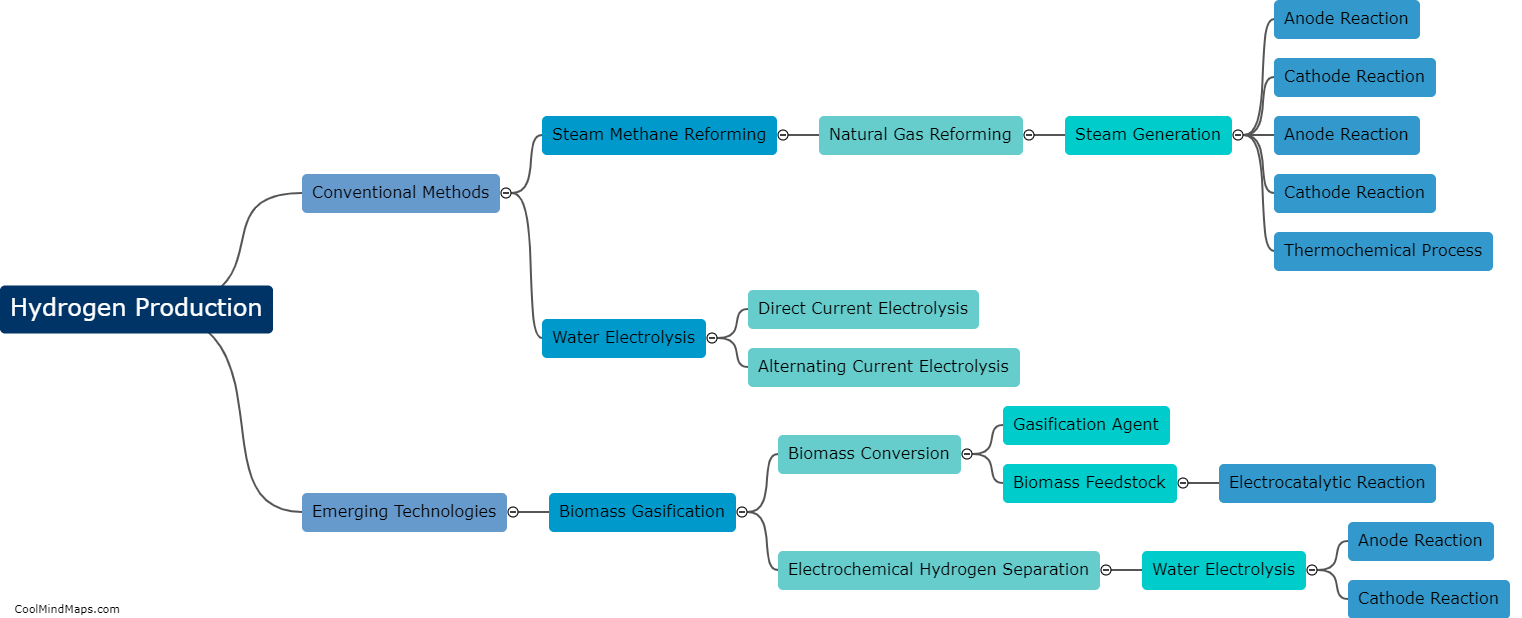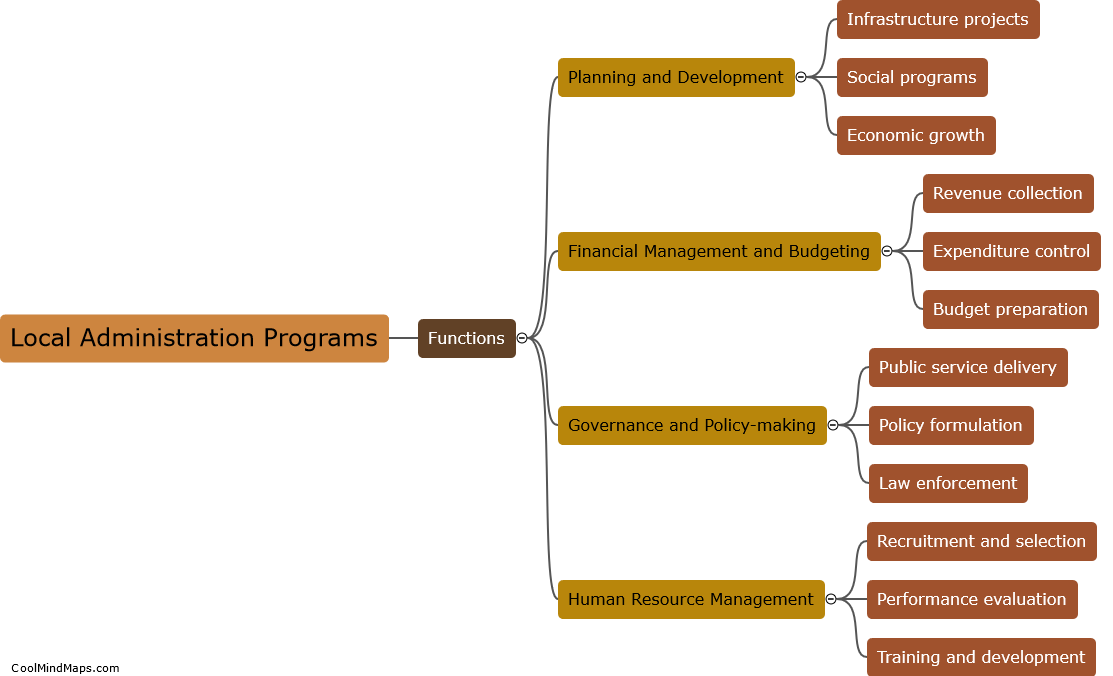How does normal vision work?
Normal vision is a complex process that involves various components working together seamlessly. It begins when light enters the eye through the cornea, which helps to focus the light. The iris then controls the amount of light that passes through the pupil, the opening at the center of the iris. The light then travels through the lens, which further focuses the light onto the retina. The retina contains millions of specialized cells known as photoreceptors, specifically rods and cones. Rods help with peripheral and dim light vision, while cones assist in color vision and sharp central vision. These photoreceptors convert light into electrical signals, which are transmitted through the optic nerve to the brain. The brain then processes these signals into the images we perceive, allowing us to see the world around us.

This mind map was published on 22 November 2023 and has been viewed 113 times.











